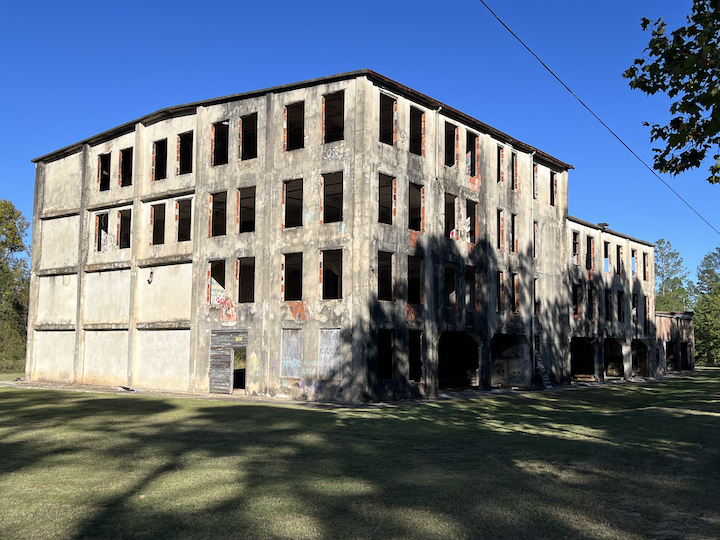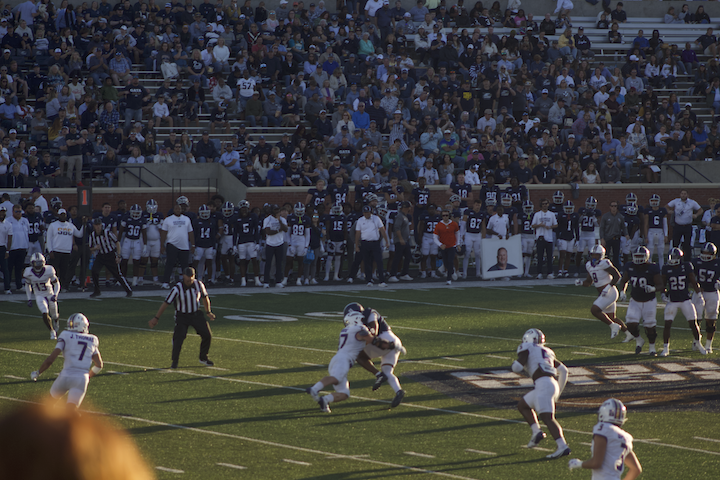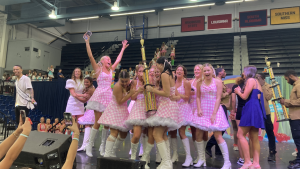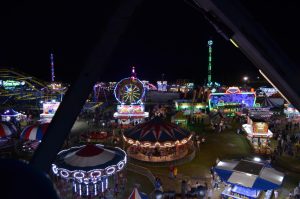Men’s soccer uses BioHarness to measure performance
April 14, 2015
In a world where everyone has a different app to monitor and measure workouts, the Georgia Southern men’s soccer team has found an innovative way to do exactly that: the Zephyr BioHarness 3.
“The biggest thing that it helps us do is that it gives us scientific data to measure the intensity of practice versus the game,” head coach Kevin Kennedy said.
The BioHarness measures close to fifteen different factors, but the coaching staff and the team of four graduate students who monitor the data are primarily looking at average heartrate and physiological intensity.
Coach Kennedy wanted to use the data to make sure that his practices are equally as intense as the games that his players will compete in. So far, the data has confirmed his belief that his practices are preparing the team adequately.
“According to the stats, from a muscle standpoint, the games might be slightly harder,” Kennedy said.
Other factors that the BioHarnesses keep track of are peak heartrate, total calories burned, physiological load, mechanical load and intensity, average speed and total distance run. Monitoring all the players allows the coaching staff to see which players are working the hardest during the practices and the games.
“For us, we have a couple guys in the top range. In one particular practice, the average distance covered for a player was 3.93 miles. Thor covered 4.58 miles that day,” Kennedy said.
Calories burned is another factor that the staff pays close attention to. During an average practice, each player burns anywhere from 1,000 to 1,800 calories. On days when the team spends time in the weight room, they’re burning up to 2,000 calories. Knowing this information prompted the staff to make sure the team knew what to eat, when to eat and how much to eat.
“We gave them a talk about why you need to eat certain types of foods,” Kennedy said.
One of the more interesting discoveries from using the BioHarness is the correlation between those players who work the hardest and cover the most distance on the field to those who made All-Conference this past year.
“It’s kind of interesting—you look at the guys who got All-Conference. Thor, for example, and Chase Parks, made All-Conference, and they’re both in the top four or five performers, according to the data,” Kennedy said.
The coaching staff and graduate students first began working with the BioHarnesses in the fall of 2014, but since the beginning of spring training, the soccer team has worn the monitors in every practice and game.
“A former Health and Kinesiology professor wrote a grant to get the funds for the BioHarness system, which technically belongs to the Health and Kinesiology department. She has since left—she and I were sitting down, talking about it. I said I would love to do some research on it. She decided to write a grant proposal to purchase it for the Health and Kinesiology department,” Kennedy said.
Overall, Coach Kennedy is pleased with what the BioHarnesses have done so far and is eager to see what else they can help him and his staff learn about the soccer team.
The men’s team competes at home on Saturday in a Round Robin as part of their spring schedule with games at 11 a.m. and 2 p.m.








